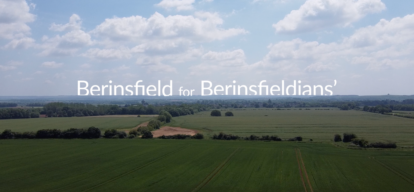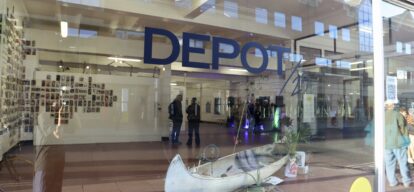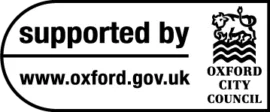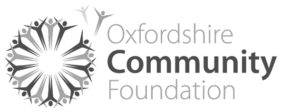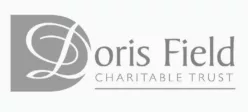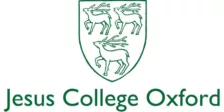Sunil Shah is an artist, photographer, writer and independent curator based in Oxford. As well as being director of CODA Projects, a new research platform for the aesthetics of race in art and visual culture, Sunil is also a PhD Candidate at Central St Martins, London where his research focuses on the use of the visual document in contemporary art and curation. In addition, Sunil was the workshop and artistic leader on Modern Oxford and Fusion Arts’ 2020 Activating Our Archives project, which explored personal & shared identities through photography, storytelling and digital archiving. Finally, he is part of our Artist Research Labs programme, which aims to help artists discover the next chapter of their practice.
For the programme we have brought together five artists who are interested in exploring, researching and reflecting on their practices, closely focusing on the question “what can make my practice sustainable?”. The artists are keeping in contact over three months to investigate these ideas, feeding back their explorations and developments throughout. We caught up with Sunil to find out more about his practice and how his work is evolving in dialogue with Artist Research Labs.
Can you tell us a little bit about your artistic practice?
My practice primarily focuses on the photographic image. I am interested in how it makes meaning, how it is circulated, how it forms our grasp on reality, influences knowledge, becomes the source of accessing history and memory, and operates as a document. I would describe my practice as interdisciplinary, mainly because it is made up of academic research, writing, art criticism, art and social practice. All these terrains are interconnected and inform one another.

These different aspects of my work all emerged out of my engagement with photography and through its development as an art practice.
"I started as a documentary photographer but as I studied my undergraduate degree in Photography, I became less attached to the functional roles and genres of photography and more interested in what photographs tell us, and don’t tell us."
The photograph, as much as being a visual statement of fact, circulates in its various contextual settings which also influence its meaning and use. Through my art practice I work with found photographs and my own family’s archive of photographs which span around 3 generations going back to around the 1940s. They become the raw material from which I experiment with meaning and the aesthetic qualities of the image. With an interest in the colonial past as well as more personal family stories, I like to challenge the overriding narratives and stories about the past and suggest new meanings through the image.
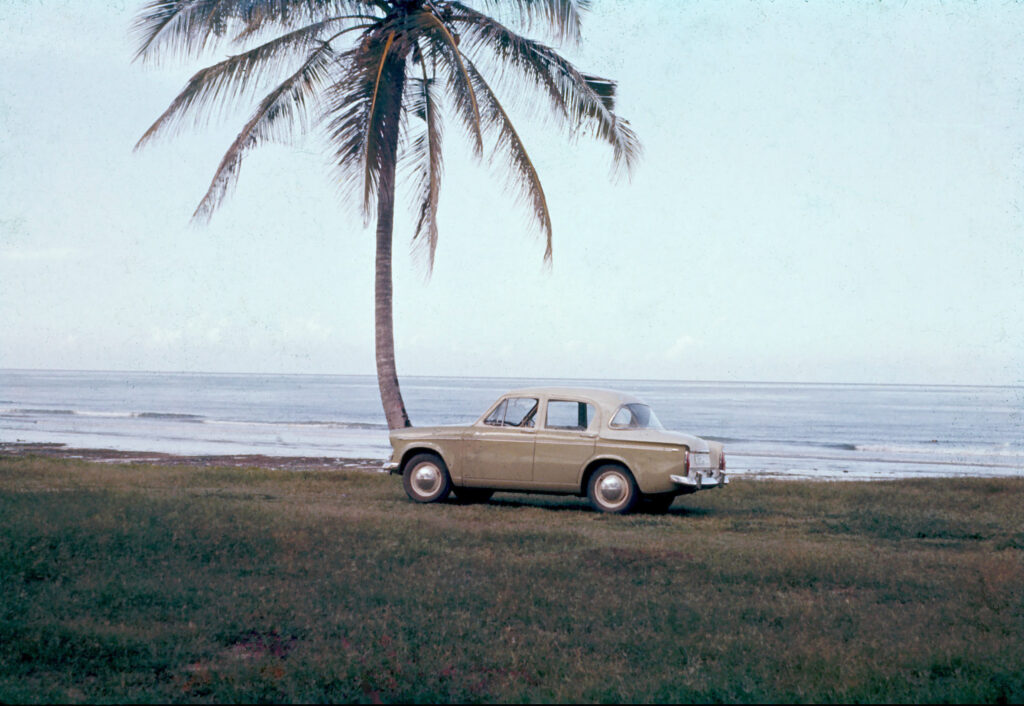
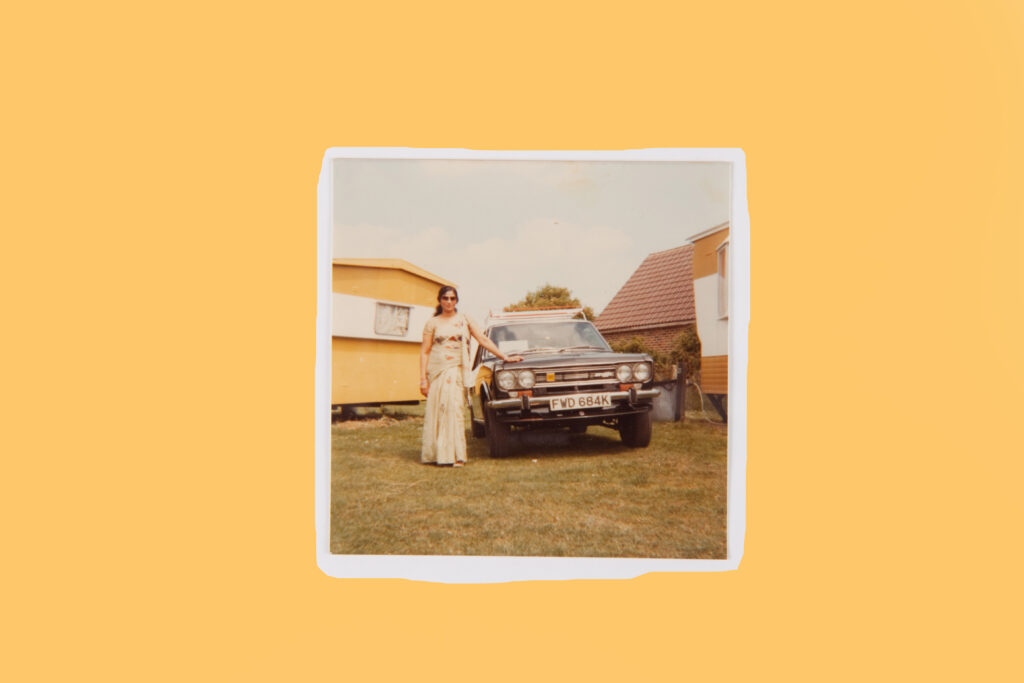
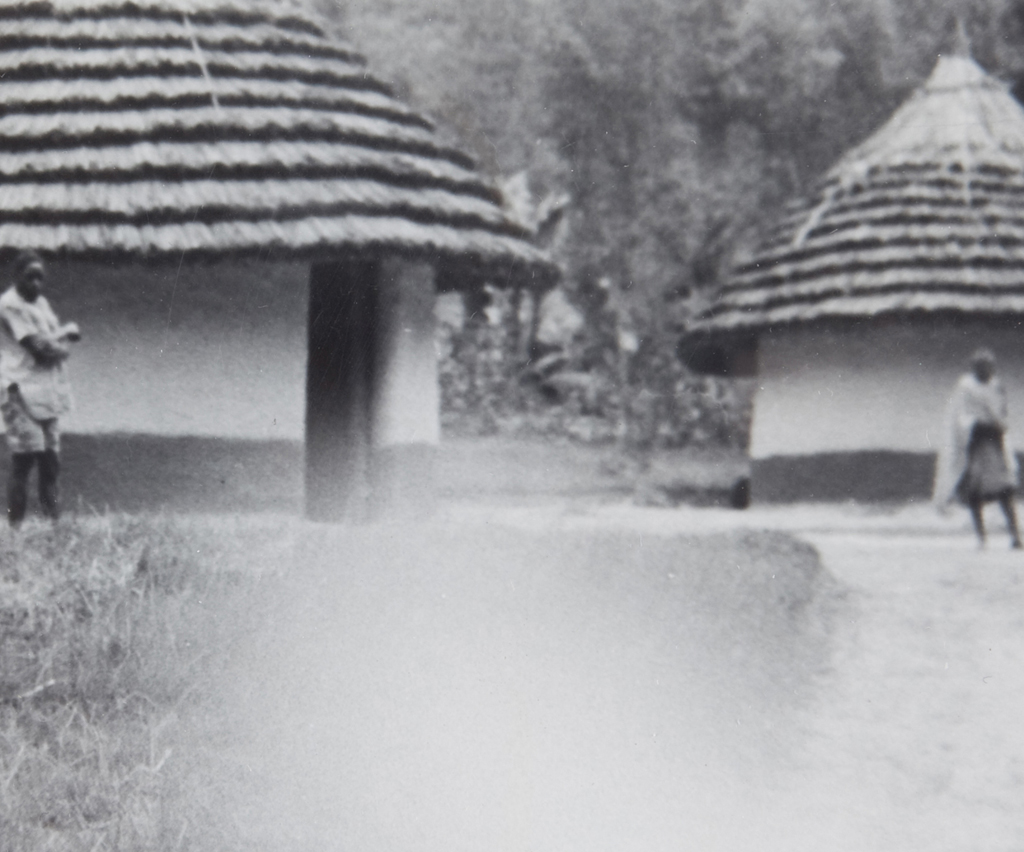
Images of courtesy the artist
A body of work I produced in 2012, called Uganda Stories very specifically addresses my family’s history of being Asians expelled from Uganda in 1972 by Idi Amin, after which we came to the UK as refugees, going on to rebuild our lives. This body of work was shown in 2015 at the New Art Exchange in Nottingham and at the Pitt Rivers Museum, Oxford in 2018. At the moment I am working on a new iteration of my archive. It is a new project with a working title ‘1969’. It is about using the migrant image and photograph as a site in which to imagine a sense of freedom, modernity and aspirational living through social and economic mobility, especially in the 1960’s and 1970’s. The project is also about the boundaries between abstraction and realism that potentially surround the photographic image.
"I try to merge these aspects as a way in which to allude to a third space, an imaginary space of projection and non-conformation to either of the influential modernist conventions; one which lies central to art (abstraction) and one which is the basis of documentary truth (realism)."
The project seeks to operate in the middle ground, being neither one, nor the other, in opposition to binary thinking.
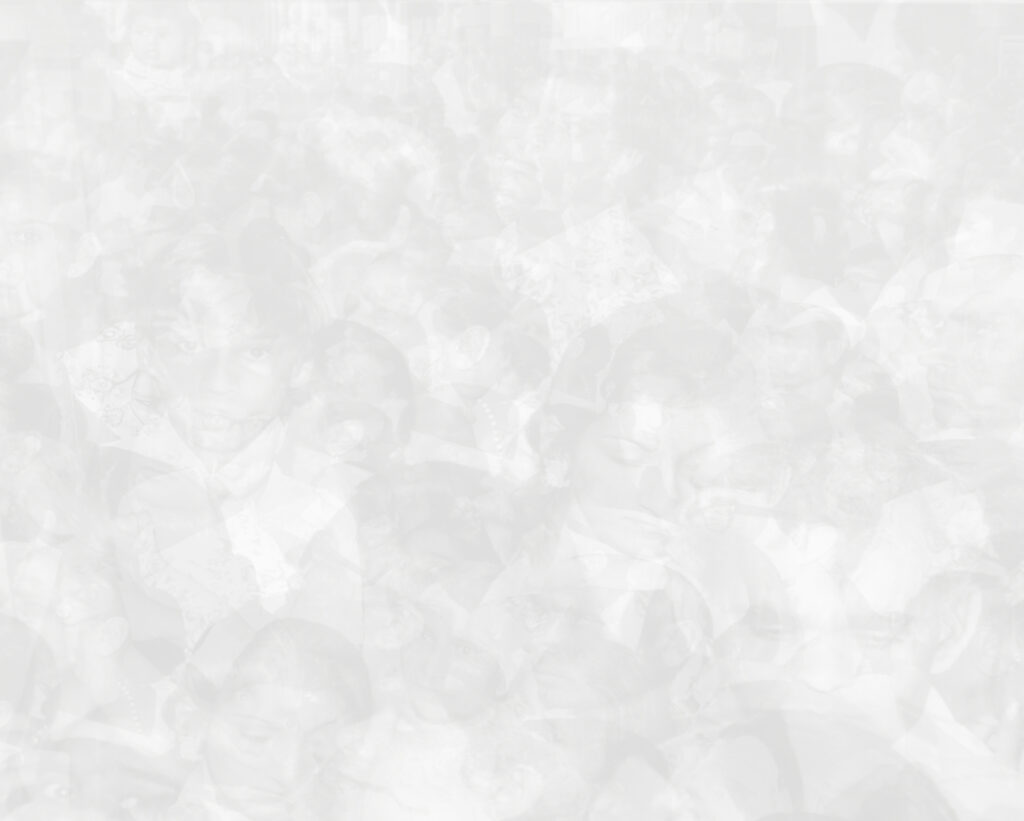
Image of courtesy the artis
In what ways are you hoping to develop your practice using the Fusion Artist Research Labs programme?
I have recently started a PhD at Central St. Martins in London. Its research centres on the use of the visual document in contemporary art, with a particular focus on a specific case study – an exhibition held in Germany in 2002 called Documenta 11.
"I would like to somehow bridge my theoretical work with my practical work as an artist and draw into my conceptual strategies some of the theories I am working with."
These theories draw from postcolonial theory, political science, cultural studies, poststructuralism, black studies and aesthetic theory. Through the Fusion Artist Research Labs programme I get to discuss some of these ideas with the wider group and this helps shape my artistic work. The lab also provides time and resources to allow me to develop the work. At this stage, I am part way through ‘1969’ and will hopefully get a working edit of this project together and an artist statement of the work ready for exhibition/publication.
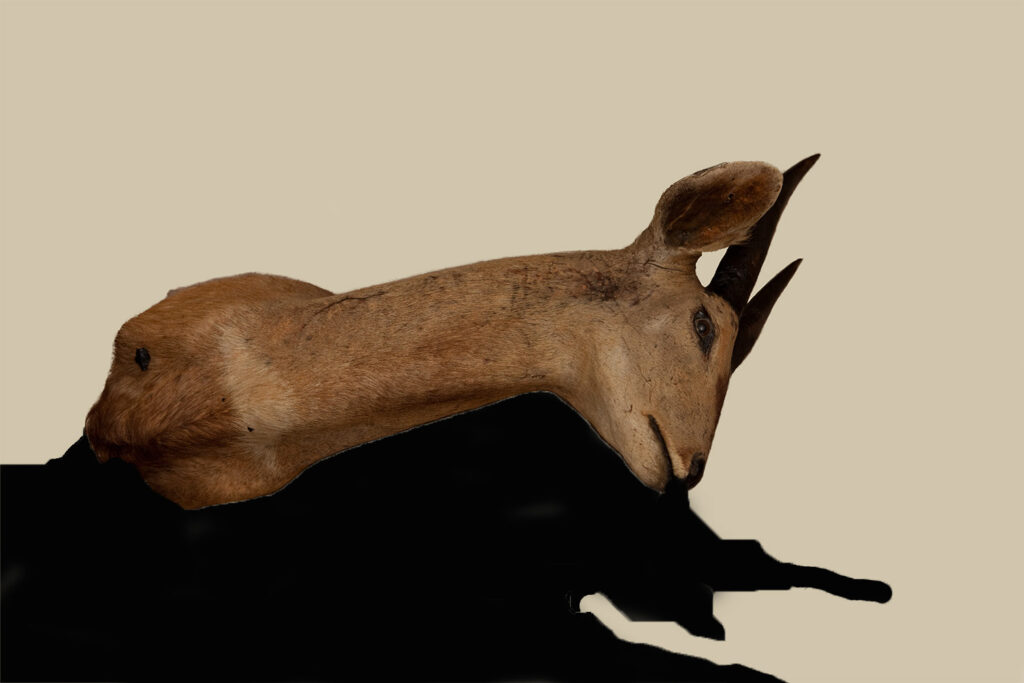
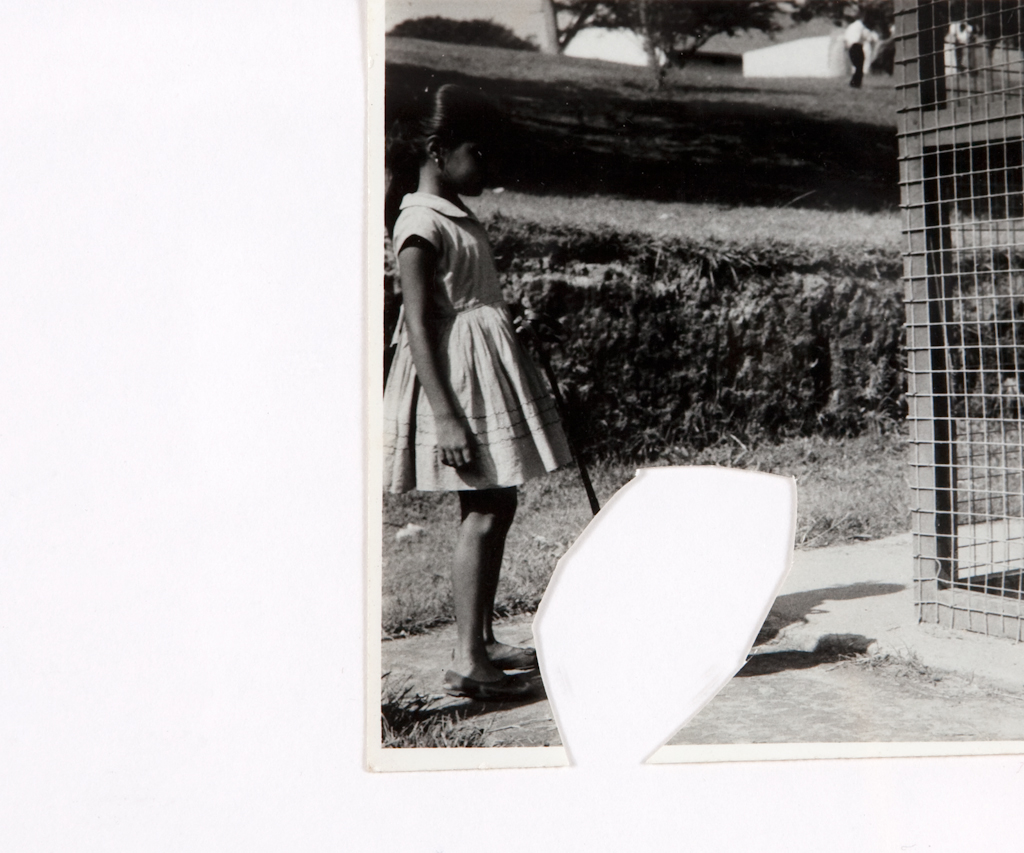
Images of courtesy the artist
Could you recommend another amazing artist or creative resource for us to check out?
There are a few artists who work along similar lines to me that I am interested in. I’m hugely influenced by Walid Raad, Kader Attia and even Gerhard Richter. However, the most relevant at the moment are Amak Mahmoodian, an Iranian artist who works with archive images and personal and political histories of Iran. Also, it is worth checking out the work of Akram Zaatari, a Lebanese artist who also work with archives, both personal and institutional. He was co-founder of the Arab Image Foundation which is an archive set up specifically to collect and maintain Arab culture and the images that circulate in private and public realms.
I would encourage you to follow my writing at www.americansuburbx.com where I review books and the works of contemporary photographic artists. I explore many of the themes I am interested in there, so it is a good place to learn more about my work - through the work of others. Finally, I would suggest Instagram, not only as a place in which to view and share images, but also as a way of engaging in current trends in visual culture. In particular, Instagram has become a place where anyone can develop a curated, edited account. Whatever your interest, it can be realised through this platform in a number of ways now, so I find this site an interesting reflection on how images are being shared online. My Instagram account is @sunilphoto, it is the best place to keep up with what I am up to.
You can also find more out about Sunil and his work on his website.

